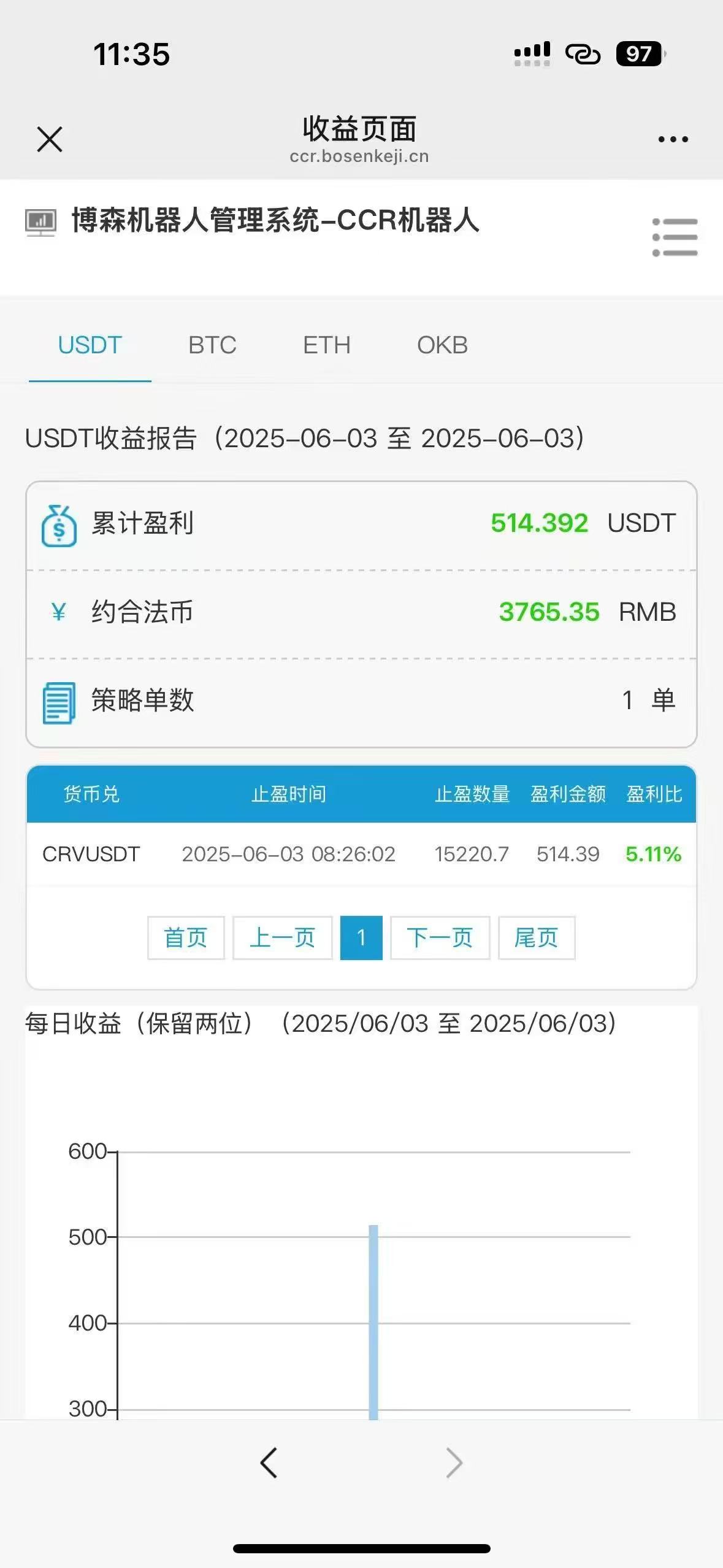It's a cliché that ethereum fees are ridiculously high, but those who really know what they're doing know - this is precisely the battleground where opportunity and risk coexist. I've seen people lose 800U in a single transaction because of a mistake in setting the gas fee, and I've also seen teams run for arbitrage at low cost through "Gas Wars". To put it bluntly, the handling fee is not just a matter of burning money, but a battlefield of hidden mysteries.
First, why can handling fees be so frighteningly expensive?
- The 'auction mechanism' for chain congestion
Ether's Gas fee is essentially an auction - whoever is willing to pay a higher price has their transactions packaged by the miners first. during the NFT frenzy in 2021, some tycoons directly raised their single gas fee to 2000U in order to snap up the Boring Ape NFT, which is the equivalent of using the money you'd spend on a car to buy a ticket. - MEV Robot's 'Vampire War'
Arbitrage bots are engaged in a daily 'Gas Race' on the chain, for example, when a Uniswap arbitrage opportunity arose, 127 bots participated in the bidding within 30 seconds, and the eventual winner paid 88U of gas, but only 3U of arbitrage space was left - this kind of suicidal offer is not uncommon. - The Hidden Costs of Smart Contracts
Many people don't know that invoking an ERC20 token transfer can trigger two gas consumption: one to authorize the token contract and one to execute the transfer. Some complex contracts (such as the DeFi Lego combo) even need to invoke more than 5 contracts, doubling the gas fee instantly.

Second, the fee reduction tawdry operation: from "save 1U" to the "white whoring" of the wild road
▶︎ Essential Survival Tips
- Gas Price Prophecy Machine: Monitor in real time with Etherscan's Gas Tracker and operate when "Fast Gas Price" is below 15 Gwei (currently equal to $0.12/pen).
- lot trading system: Combine multiple transfers with Safe{Wallet}'s multi-signature feature and save 30% in gas fees!
- Gas Limit Gaming: ETH transfers are fixed at 150,000 Gas, but ERC20 token transfers can be adjusted to 80,000 (tested and valid)
▶︎ Advanced Play
- Layer 2 escape pods
- Polygon zkEVM: the gas fee is less than 1% for the main network, but be aware of the 3-day lockout period for cross-link bridges
- Arbitrum Nova: Newly launched Optimistic Rollup, measured USDT transfers for just 0.02U
- zkSync EraLayer2 with smart contract support, DeFi app handling fee as low as 0.1U
- Gas War Nuclear Weapons
- Preemptive Trading Counterstrike: Send private transactions with Flashbots to bypass public bidding (requires at least 0.05 ETH pledge)
- Airdrop Assassin Strategy: Pre-build transactions during the contract deployment phase to lock in airdrop eligibility with very low gas fees
- The Laws of Survival in the Dark Forest
- MEV-Bot counter-surveillance: Interfere with bot monitoring by splitting transactions into multiple micro-operations
- Time Weighted Average Pricing (TWAP): Avoiding MEV arbitrage shocks with Uniswap V3's TWAP prognosticator
Third, the blood lesson: these "province gas" trap will make you lose more
- Blindly using free cross-chain bridges
A user transferred 5 ETH through an emerging bridge, resulting in the bridge private key being compromised and the asset being liquidated - saving 1.2U gas fees and paying 2.4ETH backwards. - Gas Limit
A developer pushed the Gas Limit of a DeFi contract to 30,000, only to have the transaction fail due to a state rollback, with a full loss of the gas fee. EtherLayer2 top-up trap
When using StarkNet across the chain, a user didn't notice the 100 gas fee for withdrawals and thought it was free, but ended up stuck on the chain for 72 hours. Quantitative trading,

IV. Future trends: are high fees killing Ether?
- Layer1's Self-Revolution
After the Ethernet Shanghai upgrade, the beacon chain pledge revenue dropped from 4% to 3.3%, indirectly pushing up the gas fee. However, Danksharding upgrade is expected to land in 2024, and the block capacity will be increased by 3 times. - Eco-Exodus in Progress
- TVL's over $5 billion DeFi project already has 60% deploying Layer2
- NFT trading platform Magic Eden majors in Solana with a gas fee of just 0.0001U
- Chainplay Axie Infinity Moves to Ronin Chain, Fee Reduced by 99%
- The Sword of Damocles of Regulation
The U.S. SEC views high gas fees as "evidence of securities fraud," and Uniswap has begun testing a front-end anonymization model in an attempt to circumvent regulatory scrutiny.
final advice::
On Ether, the fee is essentially a 'money for time' survival tax. Either you're strong enough to pay the premium (e.g. institutions with dedicated nodes), or you have to be well versed in the dark forest's law of the jungle. Remember - while you're complaining about gas fees, MEV bots are on the chain chewing up every cent of your profit.
Comments (0)